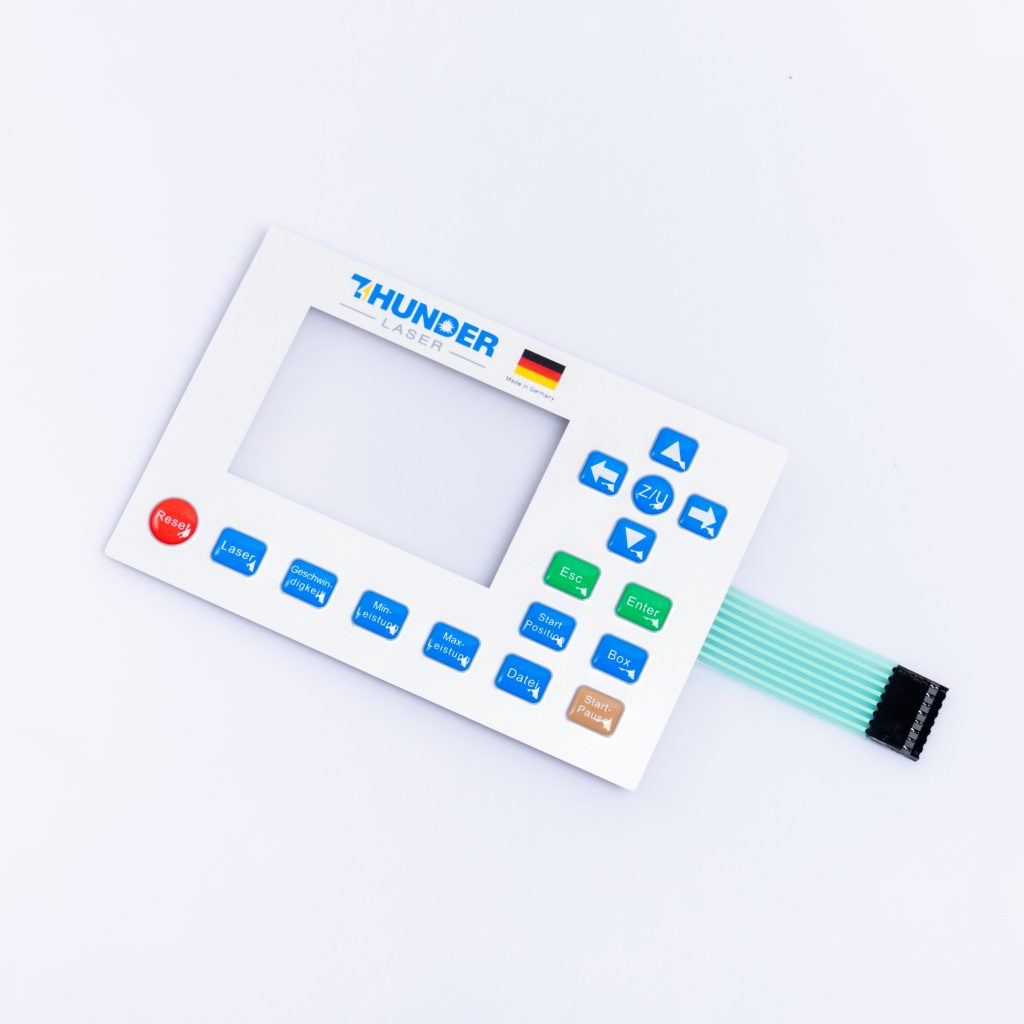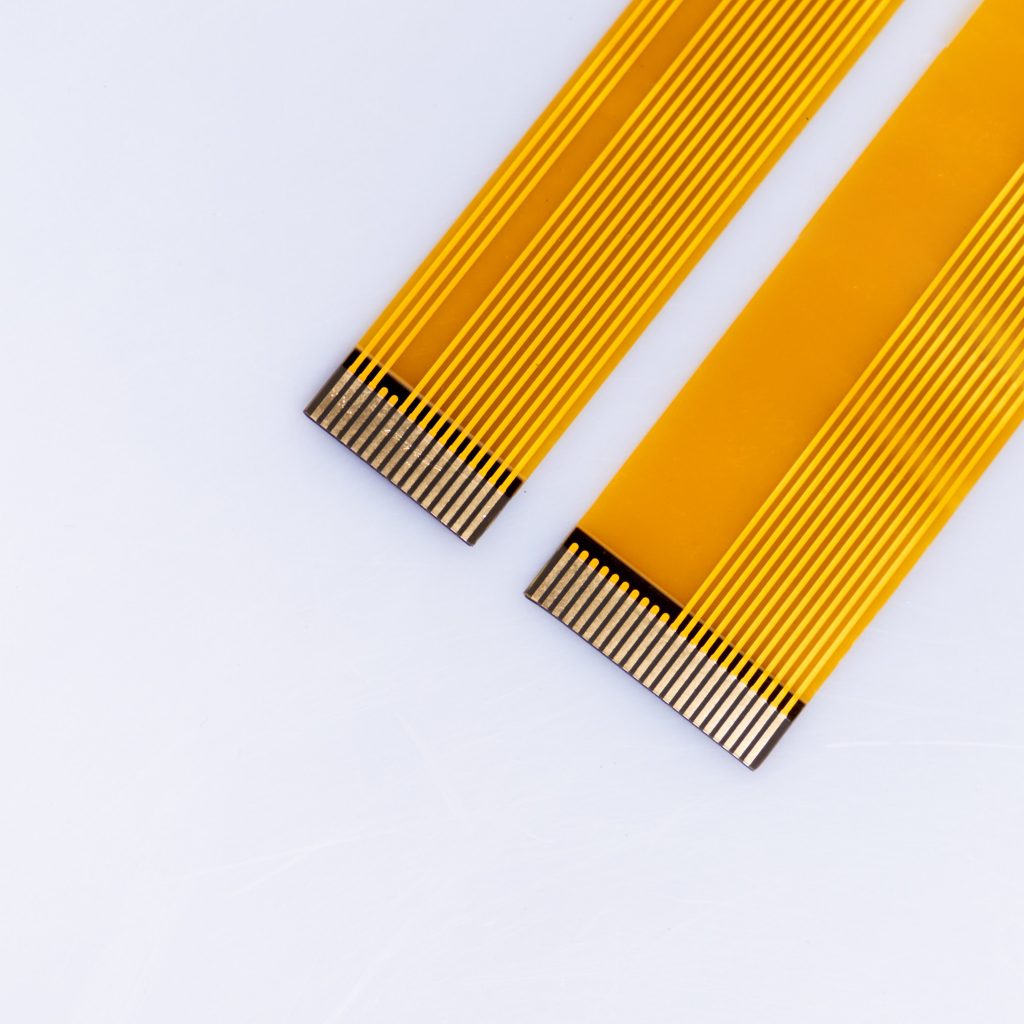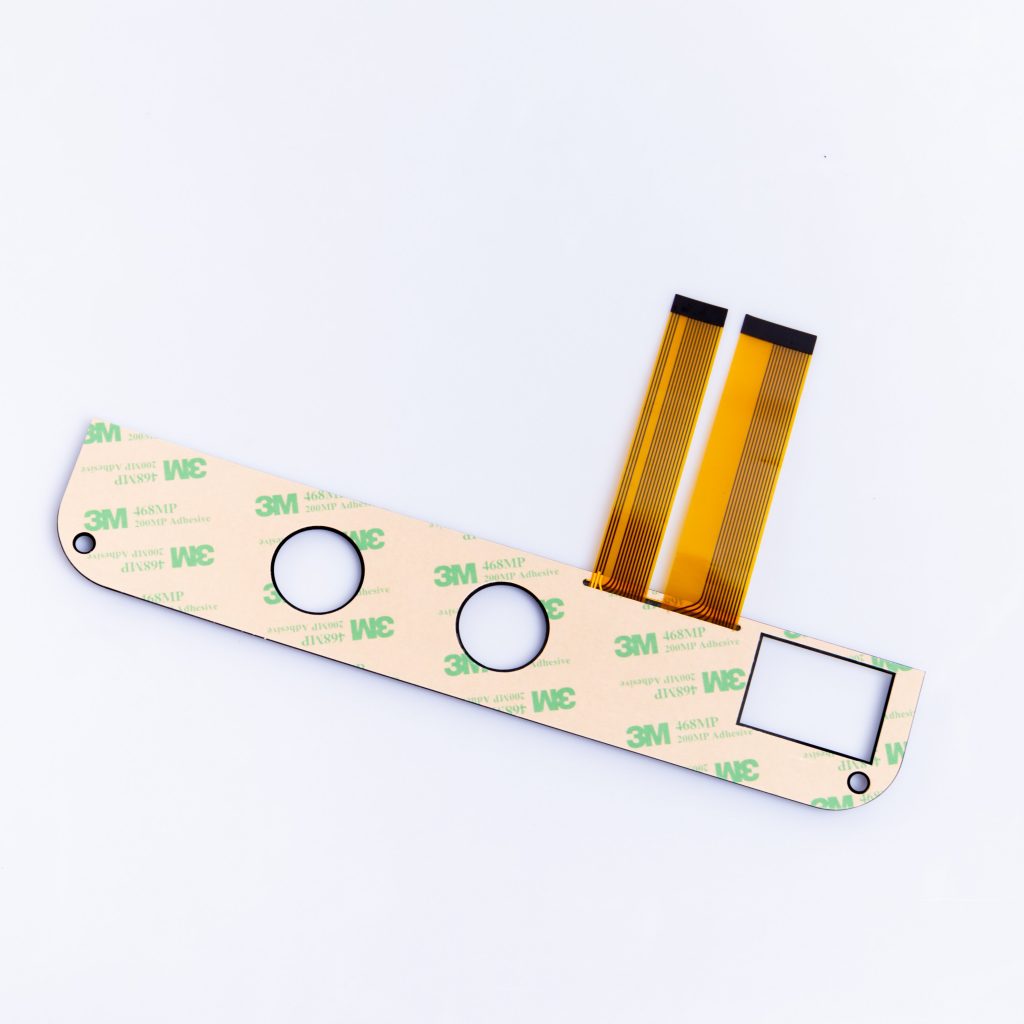Contact
Write to Us And We Would Be Happy to Advise You.
Do you have any questions, or would you like to speak directly with a representative?
By hqt
In the ever-evolving landscape of modern technology, flexible circuit membrane switches stand out for their versatility and efficiency. Predominantly used in various devices, these switches are integral to numerous applications, from everyday consumer electronics to high-precision medical and military equipment. This article dives deep into the specific materials used in these switches, their cost implications, and their tailored applications in different industries.



A flexible circuit membrane switch typically comprises layers of polyester printed with conductive silver and carbon inks, creating a cost-effective and reliable circuitry. For more demanding applications, flex copper circuits are used, known for their low resistance and high durability. The choice of material significantly influences the switch’s performance, cost, and suitability for specific applications.
The selection of materials for membrane switches is heavily influenced by cost considerations. Polyester with silver and carbon inks is preferred for its affordability, especially in consumer electronics and other cost-sensitive applications. In contrast, flex copper circuits, while more expensive, are indispensable in high-end applications where performance cannot be compromised.
Despite their higher cost, flex copper circuits are preferred in industries where performance is non-negotiable. Their low resistance ensures high precision, essential in medical diagnostics and military operations, where the slightest error can have significant consequences.
Choosing the right material for a flexible circuit membrane switch involves a careful balance between cost and performance. For standard applications, the polyester and silver/carbon ink combination offers a practical solution. However, for high-end applications, the investment in flex copper circuits is justified by their superior performance and reliability.
The future may bring innovations in materials and manufacturing processes, potentially reducing the cost of high-performance materials like flex copper circuits. This could widen their use in various industries, making precision technology more accessible.
Maintenance of flexible circuit membrane switches varies depending on the material. Polyester-based switches require minimal upkeep, while flex copper circuits might need more specialized care. Sustainability in production and disposal is another consideration, especially with the increasing focus on eco-friendly materials and practices.
Flexible circuit membrane switches are a testament to the advancements in electronic component design, with their material choice playing a pivotal role in their functionality and application. Understanding the nuances of these materials, their cost implications, and their industry-specific applications is essential for optimizing their use in various technologies.
In summary, the choice between polyester printed with silver and carbon inks and flex copper circuits in flexible circuit membrane switches hinges on a balance between cost and performance. Each material caters to different industry needs, highlighting the importance of tailored solutions in electronic design.
Do you have any questions, or would you like to speak directly with a representative?